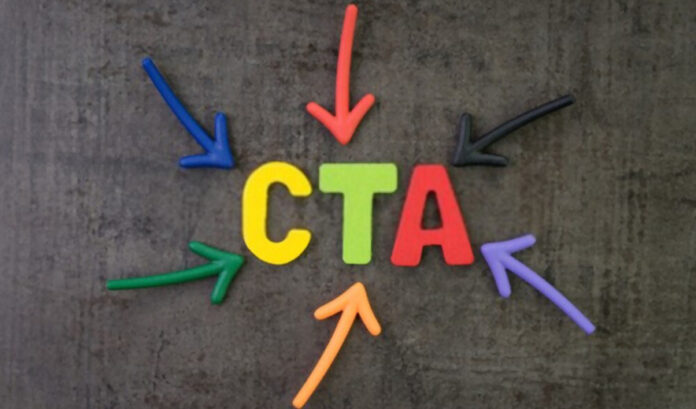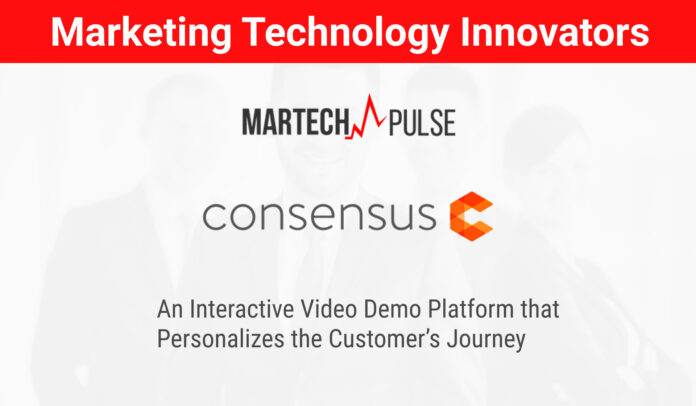A Call to Action (CTA) is one of the blessings of digital marketing that can add more value to your customer experience strategy to improve conversion rates. By guiding your prospects to take clear action, CTAs bring a new life to the entire concept of sharing information. A CTA is generally an image or line of text that prompts your web page visitors, leads, and customers to take action related to your marketing strategy. To make the most of your CTAs, you need to make sure that it serves the purpose of your marketing objective. Moreover, you can never use a one-size-fits-all CTA as each of your marketing messages has a different goal. Here is a list of six different CTAs that can help boost your marketing campaign’s conversion rates:
Lead Generation CTA:
Lead generation CTAs enable potential customers to move forward towards becoming successful buyers. This is generally the first CTA clicked by customers in their lifecycle as a buyer. Lead generation-based CTAs should be placed in strategic positions and pages where the content aims to generate leads and see high percentages of new visitors. Also, make sure that your CTAs are eye-catching, complemented by relevant content that communicates its value.
Newsletter Subscription CTA:
When a potential lead shows interest in engaging with your brand, the goal is to hold their attention and educate them about your organization and your offering. A great way to do so is to encourage them to subscribe to your newsletters. For that, you will need to place newsletter subscription CTAs on pages that can attract new customers. Clicking the CTA should lead them to the form you want them to fill out with their contact information. This will continue to build your customer database. But remember, simply mentioning ‘subscribe to my newsletter’ may not be compelling enough to push your potential customers to sign up for a subscription. You need to be more creative and draft a CTA copy related to the benefits of the subscription.
Form Submission CTA:
A ‘Submit’ CTA you place at the end of a form collects the potential customer’s information to build a company database. Additionally, this type of CTA allows interested prospects to register themselves for your business services. Keep in mind that This CTA should be distinguished and have an interesting copy to replace a simple ‘submit’ function. Try to craft it to be actionable and specific to the marketing offer.
Learn More CTA:
‘Learn More’ or ‘Read More’ CTAs are intended to give your potential readers more information about your services by taking them further down their buyer’s journey. Make sure your Read More CTA is linked to the right page to create zero confusion for your target audience.
Purchase CTA:
Purchase CTAs aims to provide your entire marketing campaign with the final success it aims for. These CTAs are supposed to make your products complete their buyers’ journey and end with a business transaction.
Social Sharing:
The digital version of “word of mouth” is sharing content via social media and is one of the best forms of promotion. The implementation of social media sharing buttons connected to the most used social media platforms is a smart way of using CTA power. Copying a link and then moving to a different application or page to share it might be asking too much of your customers. Instead, offer an easy way to share the link while the reader is still on your page to promote your brand.
When designing these CTAs, you need to make sure that your CTAs are clear, prominent, and add value to improve your conversion rate. You need to consider the marketing objective of your business and draft your CTAs accordingly. A great CTA can completely change your email recipients and website visitors’ experience, helping your marketing team get a higher number of qualified leads.





